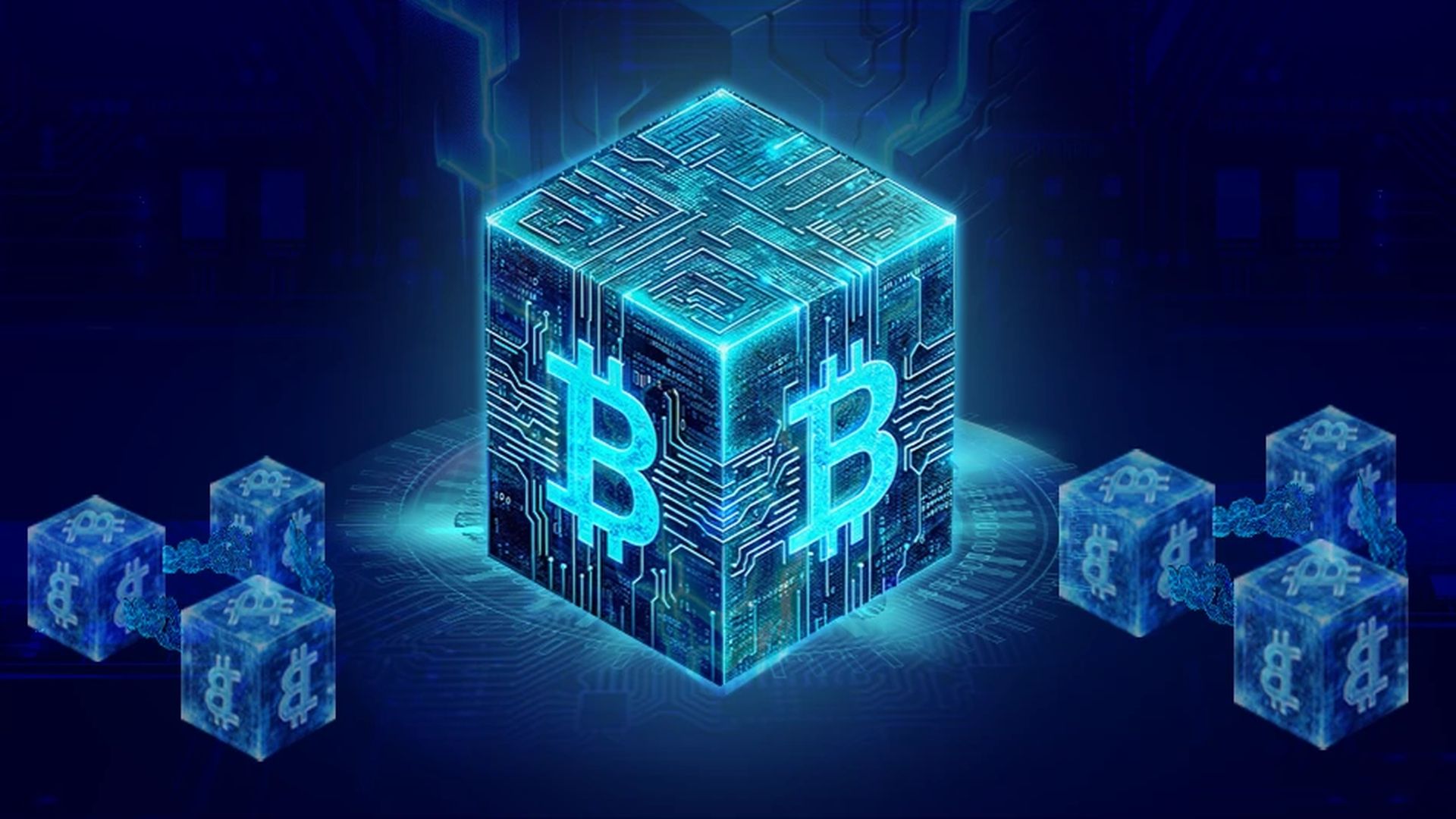A block reward is an integral component that supports the decentralized nature of cryptocurrencies and has massive functional and symbolic importance.
Essentially, a block reward is a payment that is made to crypto miners for adding official and authorized transactions to the network. The process, called mining, features the completion of challenging mathematical puzzles, helping add computing power to the network and preserving the integrity of the distributed ledger.
The advantage of a block reward lies in the fact that it works as the primary source of incentive for miners, developing a competitive atmosphere that helps protect the stability and security of the network in general.
Apart from compensating miners for their computing efforts, it is important to develop new coins and effectively manage cryptocurrency distribution and circulation. The dual role supports the general supply and demand dynamics of the digital currency distribution and circulation. This dual purpose supports the general supply and demand dynamics of the digital currency along with maintaining an incentive infrastructure for the miners.
Also, by getting rid of the need for a centralized authority to control or issue a certain currency, the block reward is designed to exemplify the decentralization principle. It develops an open, self-sustaining, and transparent system where the users get compensated for their efforts, boosting the ecosystem’s advanced and democratic features.
Components Of A Block Reward
The mining reward and transaction fees are the main components of crypto block rewards, and they serve as powerful incentives for the miners.
Interestingly, the set amount of newly minted coins is called the mining reward and is mostly awarded to miners in exchange for successfully adding a new block to the blockchain. That segment works as the incentive ecosystem for the miners in addition to introducing new crypto into circulation.
The second element of the block reward is transaction fees, which are amounts users need to pay to have their transactions featured in a block. By encouraging miners to prioritize transactions with increased fees, the feature boosts the blockchain’s efficiency.
This blend of mining rewards and transaction fees builds a massive incentive structure for miners, helping promote network security, decentralization, and transaction validation. Together, the elements offer an economic infrastructure that keeps cryptos decentralized and in line with the miners’ incentives for the general wellness and operation of the blockchain.
How Block Rewards Are Calculated
Crypto block rewards are influenced by complex dynamics in which the fixed and variable components are important.
Some of the cryptos have fixed block rewards, where a specific number of coins is issued for every block that is mined successfully. On the flip side, others use variable rewards, which are often dependent on variables such as network participation of computing difficulty.
For instance, the mining incentive for Bitcoin (BTC) is halved nearly every four years. The intentional scarcity introduced in the market, which makes it feel like digital gold, works to regulate the total supply. Resembling digital gold, the intended scarcity controls the total supply of the coin.
Halving events come with a massive impact on the crypto space since they can readily influence miner incentives and market dynamics. For example, miners are compelled to rely on transaction fees as the reward drops, highlighting the increasing importance of the variable component.
Related:100 Days Away: What Does Bitcoin Halving Mean After BTC ETF Approvals
Additionally, mining difficulty and incentives have a symbiotic relationship. That scenario is brought about by an algorithm adjustment mechanism that helps ensure the block creation times remain constant.
The level of difficulty varies depending on the amount of processing power (hash rate) utilized in the mining process. Maintaining the necessary block generation time becomes majorly challenging as more miners join the network and the hash rate surges. On the flip side, the difficulty will drop as the hash rate reduces.
Rewards often adjust to balance the work needed for a successful block validation as mining difficulty surges. The complex interaction between fixed and variable elements, halving events, and mining difficulty highlights the rigorous calculus behind the determination of block rewards in the ever-changing crypto space.
Technological Improvements And Their Impact On Block Rewards
Advancements in technology can boost mining productivity, possibly reducing the transaction fees as a share of total miner income.
The computing power committed to blockchain validation is directly affected by the efficiency and capability of mining devices. Hence, technological developments in mining hardware and software can greatly enhance mining productivity, enabling the miners to process more transactions while utilizing less energy.
Growing competition among the miners because of efficient mining might cause a drop in transaction fees as a percentage of total miner income. Nonetheless, it might also increase the network’s difficulty and hash rate, which might make it quite challenging for individual miners to compete.
Through the influence of transaction fees, technological advancements in blockchain scalability solutions such as layer-2 protocols like Bitcoin’s Lighting Network or alternative consensus strategies can indirectly impact block rewards.
Minimized competition for block space and cheaper transaction fees might arise from these solutions in case they can increase the network’s transaction throughput. That, in turn, might affect the miners’ total earnings.






